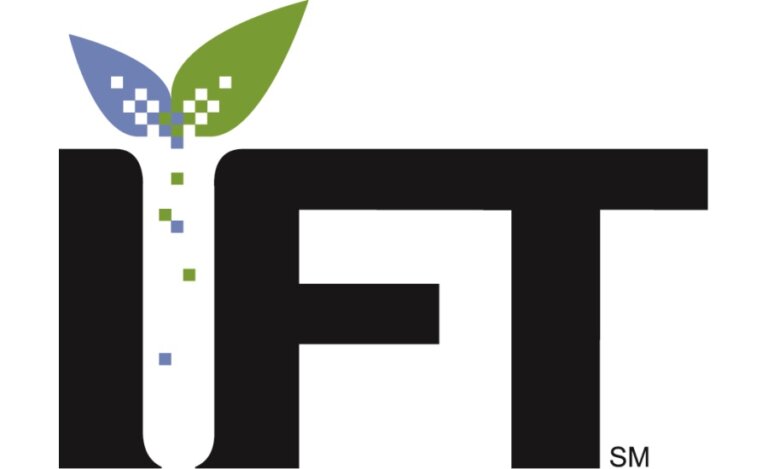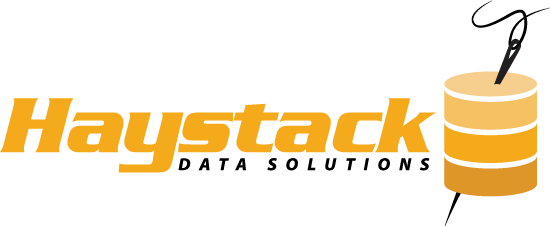Massive Turnover and Mass Resignations in Food & Beverage Manufacturing
It’s no secret that food manufacturers are struggling to find and keep enough workers. Staffing challenges and massive turnover are some of the biggest issues facing food manufacturers today.
Manufacturing as a whole has seen a 60% jump in workers quitting compared to pre-pandemic numbers. While more than 2 million manufacturing jobs will go unfilled by 2030. This has created a powerful incentive for food manufacturers to automate more work.
Robots have played a role in food manufacturing, but are mostly limited to automating some processing and packing functions at significant costs. But what about all the other business processes that remain?
Automation is About More than Industrial Robots
Though expected to grow, industrial robotics are only found in 2 in 10 F&B manufacturers. The real value from automation lies in uncovering the multitude of manual, repetitive, and inefficient processes that exist on production lines and in back-office functions throughout a food manufacturing operation.
Robotic Process Automation (RPA) and Analytics Process Automation (APA) use software to automate the mundane and update the outdated. They eliminate repetitive, error-prone tasks humans hate. While, thanks to the Industrial Internet of Things (IIoT), connected devices now operate without human interference and provide a wealth of data that can be captured, monitored, and analyzed to continually improve food production.
RPA and APA are a crucial part of the digital transformation journey for food enterprises. It frees up your workforce, improves services, boosts efficiency, and reduces errors while lowering costs and headcount.
It’s no surprise, then, that AI, Automation, and Robotics [Figure 1] will be the biggest trend in food manufacturing over the next five years as a way to help address a shrinking workforce.
But this begs the question: how can the food industry meet demand for workers with the digital skills needed to integrate and automate these myriad processes, systems, and data?
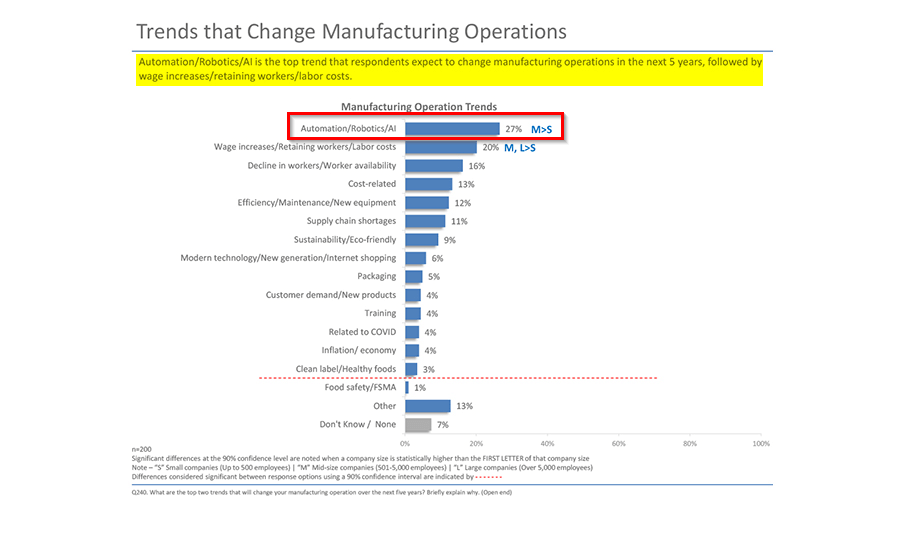
NoCode Will Expand Digital Skills in Food Manufacturing
NoCode — or, the visual development of workflows and applications without using a computer programming language — has the potential to empower and expand the digital workforce for the future of food manufacturing.
Food manufacturers can now train motivated business users to build custom applications that optimize and automate existing processes in order to limit the need for manual labor and repetitive steps. Thus, manufacturers can do more with less without having to hire additional personnel, while simultaneously bolstering their digital workforce.
Two NoCode tools in particular can be used by business users to automate processes, data and analytics: Microsoft’s Power Automate and the KNIME Analytics platform.
Below, we will look at each, and describe when you should use them, and how they can effectively multiply your current workforce with 24×7 productivity.
POWER AUTOMATE

Part of the Power Platform, Microsoft’s Power Automate gives food & beverage manufacturers the ability to automate almost any process or task while delivering significant time and cost savings.
Using desktop recorders and a drag-and-drop designer with hundreds of pre-built connectors, you can seamlessly integrate legacy and modern applications to automate everything from simple tasks, to complex, enterprise-wide processes.
Moreover, you have the power to automate and update legacy systems without overhauling expensive infrastructure!
Terminal command line legacy apps (think AS/400) that lack APIs — and hence, the ability to be updated programmatically — can be maintained and transformed from a legacy experience to a modern experience without costly upgrades or painful migrations. Using “logic flows,” these legacy applications can be automatically updated and integrated with other enterprise systems to gain a full 360° view of your food operations.

However, automating sub-optimal processes will only lead to less-than-desirable outcomes.
That’s why Power Automate also provides the Process Advisor to visualize all of your processes in a process map and reveal bottlenecks and metrics in a custom analytical report. Now, you can truly understand your processes by seeing all the people and steps required to complete them while also exploring areas ripe for optimization!

When Should You Use Power Automate?
Power Automate can be used anytime your organization needs to integrate two or more systems that weren’t designed to communicate with each other, or when there is a repetitive process involving one or more platforms.
This can give food manufacturers an advantage by empowering current staff to work on more value-added initiatives, while requiring less headcount by automating away mundane processes.
What Can Be Automated Using Power Automate in Food and Beverage Manufacturing?
Here is just a small sample of what can be automated using Power Automate for a typical food and beverage manufacturer.
Food Production, Food Safety, & Food Traceability
Unfortunately, effective traceability is seldom implemented by food enterprises. Manual traces are inconsistent and frequently incomplete since they are often performed ad hoc. Power Automate takes these issues head-on by making it easier to create and maintain a network of traceability connections and enabling integrations over a considerably wider range of systems.
With Power Automate, you can create “bots” that act as an automated alarm system to prevent a food safety crisis, rather than trace problematic sources post-crisis. For example, you can:
- Create automatic alerts when supplier certificates expire.
- Create automatic alerts when food quality checks are required.
- Create automatic alerts when a product or ingredient is out of spec.
- Create automatic plant management alerts to track OEE and SPC thresholds.
- Connect, update, and integrate EHS, ERP, MES, and vendor management systems seamlessly.
When used in combination with Power Apps and KNIME, a full end-to-end track & trace system can be developed and deployed faster, and more cost-effectively, than most off-the-shelf solutions available today.
Inventory, Supply-Chain, & Logistics
With Power Automate, you can easily create bots to help keep track of orders, inventory, shipments, and returns. For example:
- Order track and trace bots can track shipments and the status of orders.
- A safety stock bot can monitor your inventory levels and place orders automatically to maintain safe stock levels.
- A stale inventory bot can send alerts when inventory is nearing critical ship-by/use-by dates.
- Supplier bots can notify you when ingredient prices exceed thresholds and automatically place orders with alternate suppliers.
Finance, Accounts Receivable, Account Payable
Back office functions in finance are ripe for automation that can free up valuable resources. Finance bots are perfect for automating a host of financial tasks. For example:
- Financial Close & Reporting bots can download ledger information from the ERP and process financial close data and reports.
- Deal pricing and margin analysis bots can compare historical data and recommend the best price for specific products.
- Order processing bots can automatically process orders in the system.
- AP/AR bots can extract information from invoices and purchase orders using OCR technology and pay invoices or apply cash receipts to invoices automatically.
Power Automate Examples
Two video case studies from Microsoft highlight how two beverage bottlers (one for Pepsi, the other for Coca-Cola), have used Power Automate to help automate previously manual and resource-consuming processes.
G&J Pepsi-Cola Bottlers
The biggest family-owned and independently run Pepsi franchise bottler in the United States, G&J Pepsi-Cola Bottlers has its headquarters in Cincinnati, Ohio, and has been in business for over a century.
It started building apps with Microsoft Power Platform, giving over 900 field workers a mobile app that increased efficiency and helped the business save USD500,000 in the first year. But the company isn’t stopping there. The savings ($1.5 million to date) and ideas just keep growing.
Coca-Cola United
Coca-Cola United began by utilizing Power Automate to synchronize data between the company’s SAP CRM system and Azure SQL. Their RPA solution, called “Asa” (named after Coca-Cola’s founder Asa Candler), served as a master automation service agent.
Asa is a collection of bots built on Microsoft Azure and Power Automate and it takes over and automatically logs into the company’s SAP system after a CRM agent enters an order into the CRM system. Orders are entered and tracked in a Microsoft Azure SQL database rather than an Excel spreadsheet, making it simple for Asa to access them. Asa reads the database and generates a PO. Asa then submits the order to the supplier’s web service, verifies that it was entered successfully, keeps track of invoice and delivery emails, matches them to the appropriate order, and stores the attachments in Azure Blob Storage for further use. The information from email attachments is then extracted by Asa using form processing in AI Builder in order to finish the AP process.
This solution has saved Coca-Cola United the equivalent of 10 FTEs and has helped them scale as an organization.
KNIME ANALYTICS PLATFORM

Food companies can no longer rely on outdated tools like spreadsheets and pivot tables for insights due to the rate at which data is expanding.
At their best, spreadsheets require a lot of manual effort, and by the time company executives have gained insight from them, many opportunities have already been lost.
The monotonous work of converting data into insights can be eliminated through Analytics Process Automation.
But how?
What is KNIME Used For?
Repeatable NoCode KNIME workflows can automate business logic, calculations, data transformations, and data transfers while fully automating hundreds of analytic jobs daily.
With KNIME, you can:
- Easily enrich data from multiple sources to deliver clean, reliable data every time.
- Seamlessly connect to hundreds of data sources, including ERPs, CRMs, and cloud-based platforms. Access hundreds of native connectors including everything from Salesforce to SharePoint, Amazon AWS to Microsoft Azure, and many, many more.
- Shorten the path to insight by visually building automated data pipelines and applications in a fraction of the time it would take to develop them in code.
- Upskill current employees with the latest data science methods and reduce the need to hire hard-to-find and expensive software developers.
KNIME for Elimination of Data Silos
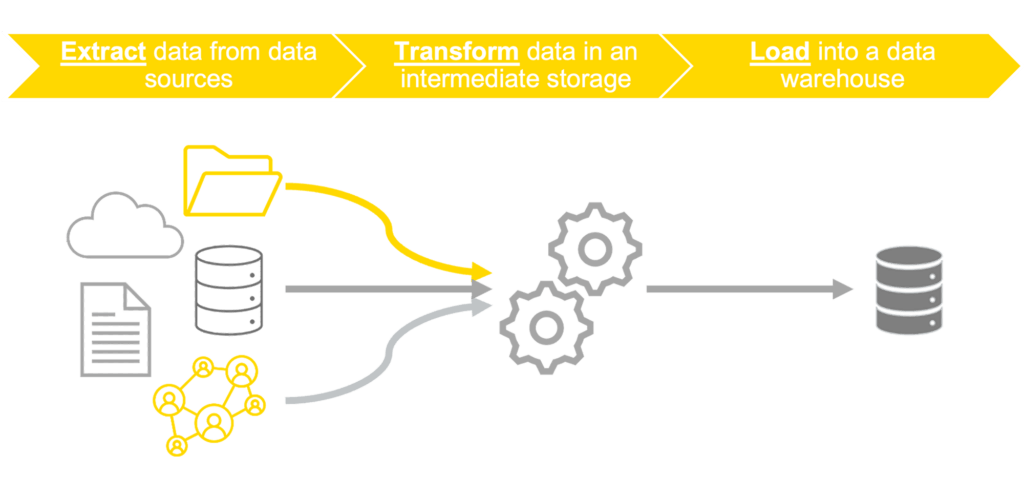
Source: https://www.knime.com/etl-software
All businesses suffer with data silos. Due to the time and resource requirements involved in collecting data from many departments and systems, these silos restrict leadership from having a comprehensive view of their organization.
But with an end-to-end, no-code analytics platform like KNIME, your food business can connect to all of your data and give users access to insights across the entire enterprise, driving data consistency and shortening the time to insights.
By automating data pipelines and migrating data between systems, a food business can accelerate and scale their analytics with a fraction of the workforce required to maintain spreadsheets for reporting and analysis.
KNIME also enables self-service analytics by empowering business users to analyze reliable, repeatable data that has a well-established data lineage and reproducibility. And the best part? They don’t have to write a single line of code to do it!
Business users can utilize KNIME to generate their own insights while having confidence in their data. KNIME makes it easier to gain greater insights on food production and consumer preferences than ever before.
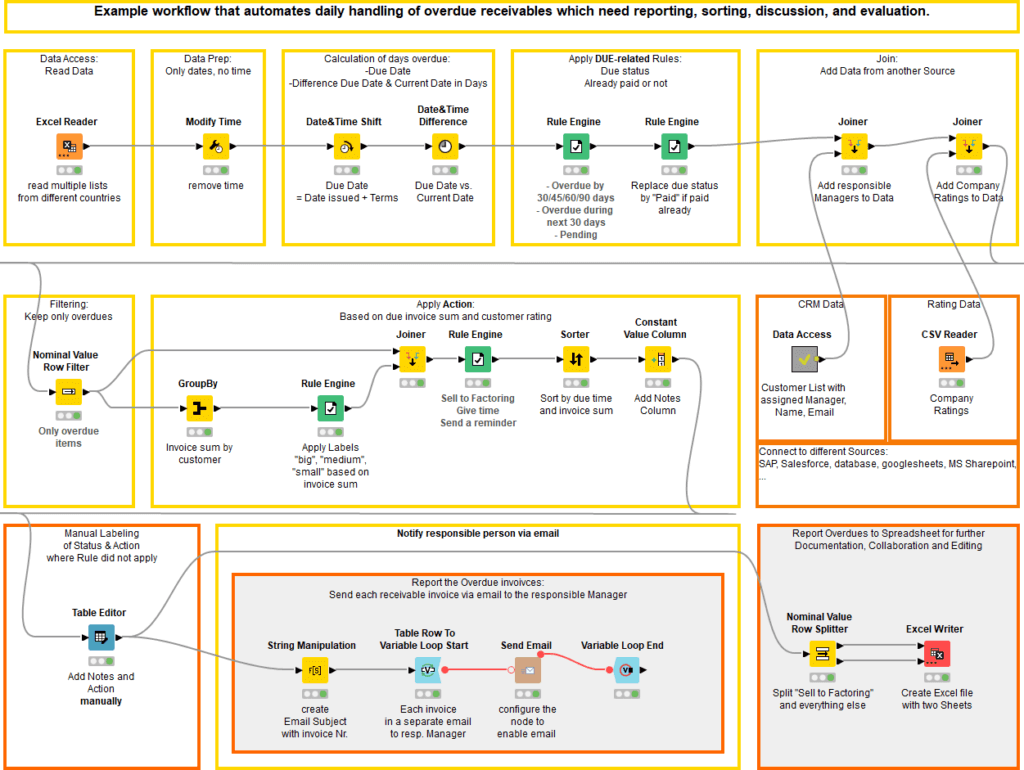
NoCode as a Force Multiplier for the Future of the Food Industry
As the food industry continues to embrace Industry 4.0 and the convergence of connected manufacturing with digital transformation, the need for a digitally savvy workforce becomes imperative.
According to a recent report from Deloitte and the Food Industry Association (FMI), almost all food suppliers (95%) named “digital skills” as the most sought after skills within the next three years.
Yet finding enough workers with these digital skills is a serious challenge.
Demand for tech talent may be further increased by issues like the need for more supply chain transparency and achieving sustainability goals. Companies who seek to expand into more digitally driven sales channels (i.e., eCommerce) or compete against rivals with more robust consumer data will also need access to digital skills.
But which digital skills?
According to the survey, the “AAA skill set” comprised of Analytics, Automation, and Artificial Intelligence will be key in meeting the technology demands of the food industry.
These are further broken down by:
DIGITAL DELIVERY
- Web development
- Data visualization
DATA SCIENCE
- Mathematical modeling
- AI and Machine Learning
DATA ENGINEERING
- Data wrangling
- Cloud computing
- Cloud security
AUTOMATION & ROBOTICS
- Industrial automation
- Software/Process automation
Most interestingly, the food industry needs these skills in all departments, not just traditional IT roles because innovation is often driven by parts of the business that are outside of IT.
With all the challenges the food industry is having finding workers, let alone those with digital skills, manufacturers need to find efficiencies wherever they can.
Therefore, NoCode tools like KNIME and Power Automate are the perfect solution to address the dual challenges facing food manufacturers: automation to fill the labor gap, while simultaneously expanding the digital workforce they need to succeed.
At Haystack Data Solutions, we have worked with food businesses to help fully automate inefficient business processes, data operations, and legacy systems. We have seen firsthand the power of these software tools to dramatically reduce labor costs while boosting productivity. If you would like to explore ways to train your workforce in KNIME or Power Automate, please reach out to learn more.
